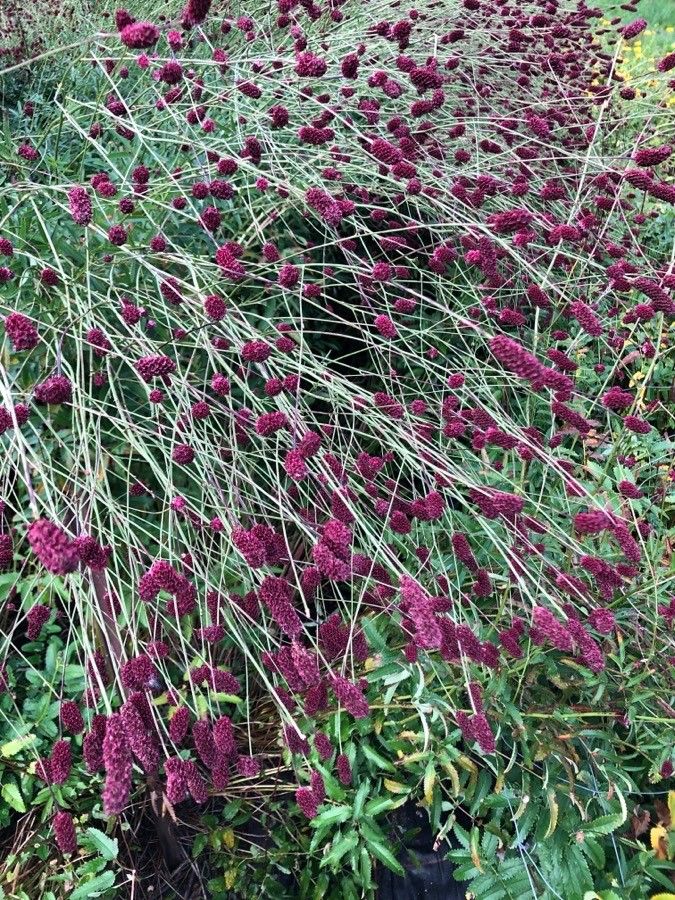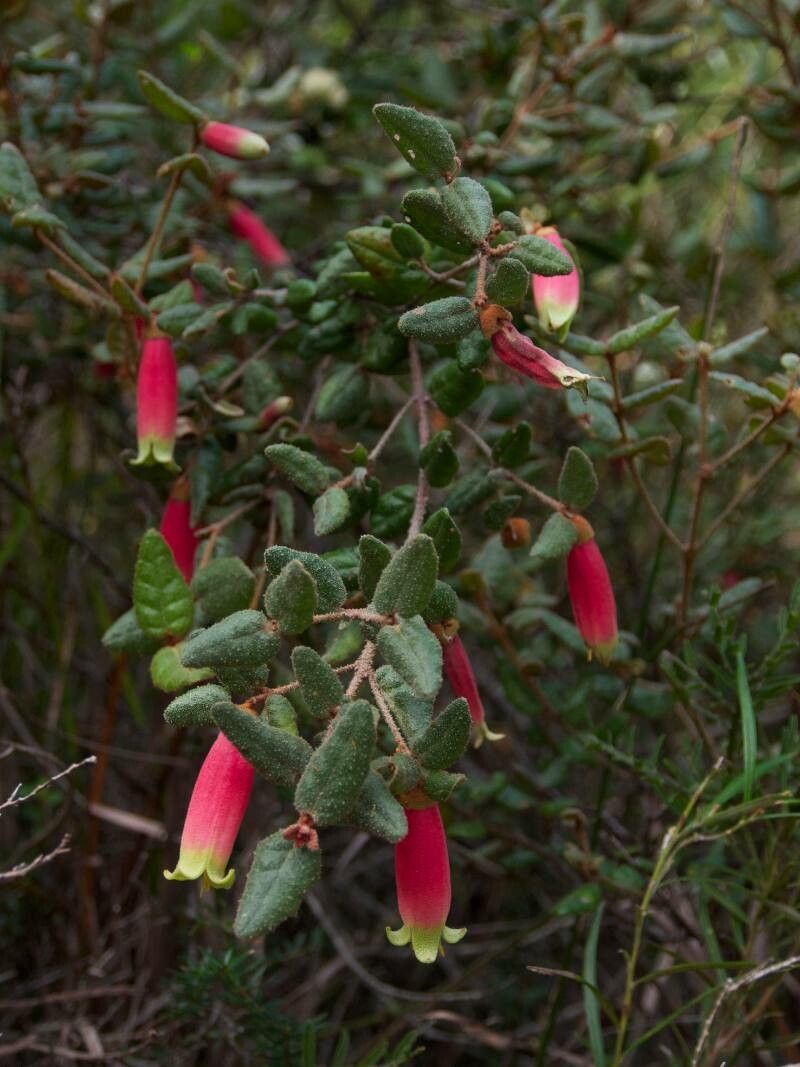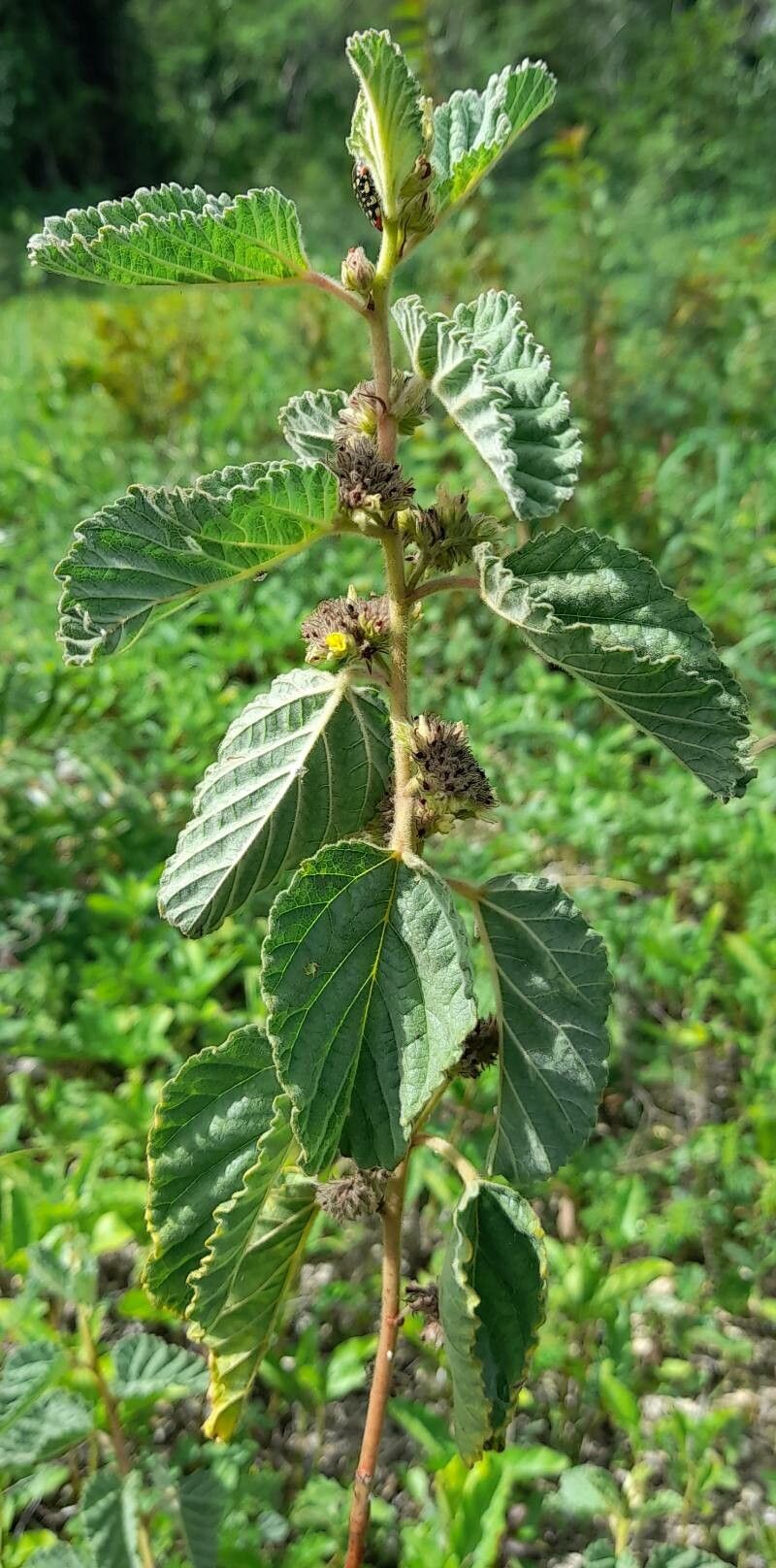### Burnet Bloodwort: A Comprehensive Guide
Burnet Bloodwort ( *Sanguisorba minor*) is a fascinating and versatile plant belonging to the Rosaceae family, known for its astringent properties and culinary uses. This herbaceous perennial boasts a rich history, having been utilized for centuries as both a medicinal herb and a flavorful addition to salads and other dishes. Its delicate appearance belies its hardiness and adaptability, making it a rewarding addition to any garden.
### Identification and Characteristics
Burnet Bloodwort is easily recognizable by its small, pinnate leaves, a feathery texture, and its characteristic brownish-red flowers arranged in dense, globe-shaped heads. The leaves are slightly bitter, and the plant generally grows to a height of 12 to 18 inches. The leaves are lanceolate to ovate and have serrated edges. Its root system is fibrous and relatively shallow.
### Habitat and Growth
Native to Europe and western Asia, Burnet Bloodwort thrives in well-drained soils and tolerates a range of conditions, from full sun to partial shade. While it prefers loamy soils, it's surprisingly adaptable and can tolerate drier conditions once established. It's highly drought-tolerant once mature, making it a perfect choice for low-maintenance gardens and xeriscaping projects. This low-maintenance plant is hardy and readily self-seeds, spreading slowly to form attractive clumps.
### Cultivation and Care
Propagating Burnet Bloodwort is straightforward. It can be grown from seed, sown directly in the ground in spring or autumn. Alternatively, division is effective in spring or autumn. Minimal care is needed once established, but regular watering is beneficial, especially during prolonged dry spells. Deadheading spent flower heads encourages further blooms and prevents self-seeding if uncontrolled spread is undesirable.
### Uses and Benefits
Burnet Bloodwort has a long history of medicinal use. Traditionally, it was used to treat various ailments due to its astringent properties. Modern research supports its potential benefits in blood clotting and wound healing. However, it's important to note that further research is needed to fully understand its medicinal properties. It is not recommended to use Burnet Bloodwort for medicinal purposes without consulting a healthcare professional.
Beyond its medicinal aspects, Burnet Bloodwort adds a unique, slightly tangy, and slightly cucumber-like flavor to salads, soups, and stews. Its leaves can be harvested throughout the growing season. In addition to its culinary uses, this plant adds beautiful texture and interest to flower borders and cottage gardens. The unique flower heads create contrast in texture and color and are interesting even when not in full bloom.
### Potential Pests and Diseases
Burnet Bloodwort is generally resistant to pests and diseases, making it a low-maintenance choice for gardeners. However, in rare instances, it can be affected by common garden pests. Maintaining good soil drainage helps prevent fungal diseases.
### Conclusion
Burnet Bloodwort offers a unique combination of beauty, versatility, and resilience, making it a valuable addition to any garden. Its culinary and potentially medicinal uses further enhance its appeal, solidifying its place as a fascinating and useful plant deserving of a place in gardens around the world.
Burnet Bloodwort: A Complete Guide

Frequently Asked Questions
How do I grow Burnet Bloodwort?
Burnet Bloodwort can be grown from seed sown directly outdoors in spring or autumn or by division in spring or autumn. It prefers well-drained soil and tolerates sun or partial shade.
What are the uses of Burnet Bloodwort?
Burnet Bloodwort has a history of medicinal use, though more research is needed. It's also used culinarily, adding a tangy flavor to salads and other dishes.


